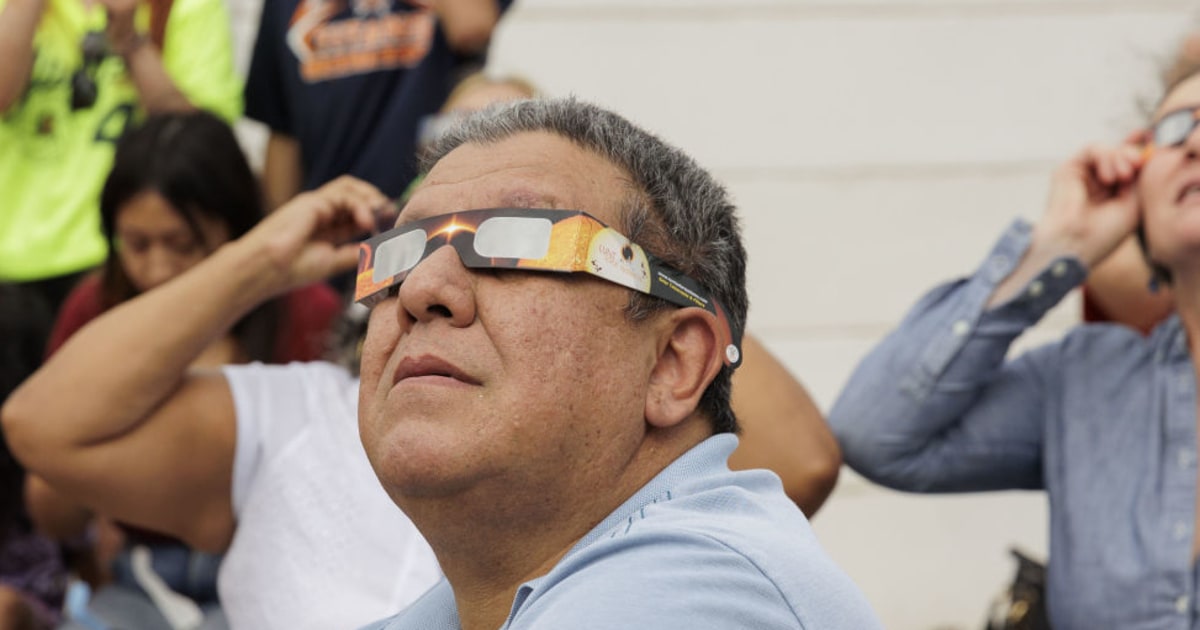Those who do not drink their wine from goblets usually have at least three different types of glasses at home: white, red, sparkling wine. Often there are even more for ambitious wine lovers. Now the wine glass producers want to make us believe that one glass is enough - if it is the right one. So-called universal glasses now offer many well-known manufacturers. But that doesn't make things any easier. On the contrary.
Each brand has its own worldview. At least. Some also have different series in the program, each with its own "philosophy". Sometimes it's just a couple of glasses for white and red wine. Others group wine types into groups, regardless of color. And then there are the special glasses for certain grape varieties. Even Pinot Noir from the old and the new world will then be treated separately.
With this confusion, the idea of having a really good glass for all wines seems tempting. But it's not that easy. Just suppose there is a formula for all-purpose glass. Then why do the all-rounders look so different? Height, width, volume, shape - everything varies from manufacturer to manufacturer.
- The "universal glass" from Zalto, for example, has a relatively wide and flat glass bottom. The goblet is drawn high, but closes only slightly.
- In contrast, the Gabriel glass - the only manufacturer of exclusively universal glasses - is a little wider at the apex, but the cup is more compact and conical at the same time.
- In the "Vulcano" universal glass from Stölzle, the cup is tulip-shaped, sits significantly lower and a mushroom-like protuberance rises in the glass bottom.
- Overall, the "Allround" wine glass from Schott Zwiesel is about the same height, but the goblet has a striking apex and tapers both above and below it.
- The tasting glass "The First" comes from the premium division, from Zwiesel 1872. It is the tallest of the five models, the goblet shape is similar to that of the "Allround" model, but is even more elongated and closes more tightly.
How different can be universal is also shown in the price. The spectrum ranges from six to 50 euros, whereby the high-priced models are all mouth-blown. In fact, the more expensive the better. The thicker machine-made glasses, ie the "Vulcano" and the "Allround", also look a bit clumsy. Their low height reinforces this impression.
The more expensive the better
In addition to the hand-made version, the Gabriel glass is also available in an almost identical factory variant. Of the cheaper glasses, this one is the most convincing: the proportions are right, the wine can be swiveled easily and the glass also looks good on the table.
The differences do not decrease in the top league. While the thick-bellied Zalto is also suitable for juicy red wines, mineral white and sparkling wines tend to win in the relatively closed tasting glass from Zwiesel 1872. Fatter white wines fit well in the mouth-blown Gabriel glass with its delicate stem, wide wine mirror and not too high goblet.
Usable universal wine glasses
The "universal glass" from Zalto, for example, has a relatively wide and flat glass bottom. The goblet is drawn high, but closes only slightly.
The universal glass from Gabriel is a little bit wider at the apex, but the cup is more compact and conical at the same time.
With the "Allround" wine glass from Schott Zwiesel, the goblet shows a distinctive apex and tapers both above and below it.
The tasting glass "The First" by Zwiesel 1872 is the tallest of the five models, the goblet shape is similar to that of the "Allround" model, but is even more elongated and closes more tightly.
The universal glasses have their justification, only the product name is misleading. Some manufacturers also admit in the small print that their all-rounder will only do "most" wine types (Zwiesel 1872) or that it will "harmonize" with some types of wine (Zalto).
With his tasting glass, Zwiesel 1872 basically described what the standard forms are best for: tasting with wine. After all, it is too cumbersome to constantly change glasses during a wine tasting. In a private setting, however, a single bottle is usually uncorked. Then there is the glass that fits best. A few rules of thumb help here:
- Goblet volume: Fatter wines come in larger glasses.
- Wine mirror: what is allowed to warm up gets a wide wine mirror. And vice versa.
- Chimney shape: conical for sparkling, more open for more substantial white wines. Strong red wines in elongated and slightly conical glasses, finer red wines in balloon-shaped ones.
- Stem length: Long enough so that the wine can be swiveled easily.
In addition: Buy a universal glass - but don't throw away your other wine glasses!
Wine is always intertwined with people and their stories. The author has set himself the task of telling some of them. You can read it on his blog "Weinprech".


/cloudfront-eu-central-1.images.arcpublishing.com/prisa/T4T5B27RLNDT3K5CEDTOP5QLL4.jpg)









